What is the initiative in chess?
According to Wikipedia, the ‘Initiative in a chess position belongs to the player who can make threats that cannot be ignored, thus putting the opponent in the position of having to spend turns responding to threats rather than creating new threats.’
The Driving Seat
The initiative puts one player firmly in the driving seat. They have the advantage. The other player has to react to specific threats and is on the back foot.
Imagine playing several consecutive moves in which you can attack something in your opponent’s position. With every move more of your pieces take up stronger positions, while your opponent has to react correctly each time. Players make more mistakes when they are under pressure.
The initiative is worth fighting for and is often earned via a sacrifice. Think of gambits in the opening; one player voluntarily gives up material and in return gains faster development, leading to significant attacking potential.
Use It – or Lose It
The battle for the initiative continues through every phase of the game. It will pass from person to person, depending on how accurately the opponents play. The advice is ‘use it – or lose it.’
The Opera Game is a model example of how to use the initiative in chess. Paul Morphy’s advantage grows with every move and he finishes off the game quickly and attractively. Indeed, the games of the great masters of the 19th Century are replete with excellent examples of players seizing the initiative and using it win games in sparkling fashion. This is partly because opponents were much more compliant when it came to accepting gambits and defensive technique was relatively undeveloped.
In addition to Morphy’s games, those played by Adolf Anderssen, Wilhelm Steinitz, Johannes Hermann Zukertort, Emanuel Lasker, Mikhail Chigorin, Harry Pillsbury and Siegbert Tarrasch are all highly instructive in this regard. Do not neglect the old masters!
The Initiative in Chess – a How to Guide
If you would like to know more about the initiative in chess then our new Chessable course will be of interest.
The course’s description gives another useful definition:
‘The initiative is the ability to create threats the opponent cannot ignore. This course teaches you how to push your opponent against the ropes and keep him on his toes every step of the game.’
The course is by Grandmaster Mykhaylo Oleksiyenko and is based on his own games.
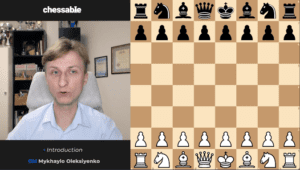
The are four parts to the course, namely:
Dynamics and Initiative in the Middlegame
Material down in the Middlegame
Dynamics and Initiative in the Endgame
Material down in the Endgame
The Initiative in Action
Here is a small sample from the first part, showing how Oleksiyenko seized the initiative using a logical approach to determine which moves to play.
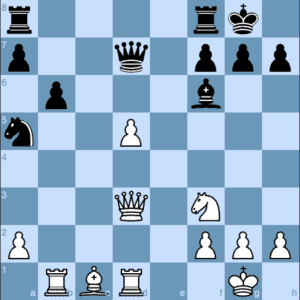 Mykhaylo Oleksiyenko – Ahmed Adly
Mykhaylo Oleksiyenko – Ahmed Adly
‘What do you do if you are not happy with the forcing moves available to you? You need to significantly improve one of your pieces. Which piece would that be and where would you put it?
Clearly the best move! The Bishop is finally being developed. There were many moves that improve our position. Usually you should choose the ones that create immediate threats. Now Black is faced with a very difficult decision.
19 Ng5!? Bxg5 20 Bxg5 Is also a decent line. The Bishop is better than the Knight in open positions. On the other hand, the combination of Queen+Knight is usually better than Queen+Bishop. It would also be challenging to fight for the white squares after the Knight is gone. Black will use the d7+c8+e8+b7 squares to stop White’s initiative.
19 d6!? If you have a passed pawn – push it! That would have been one decent move. The problem is that it would not create any threats which makes Black’s life easier. 19 Nd2!? That is one weird suggestion from Stockfish. Apparently the Knight on e4 would be amazing. I think it is more natural to develop pieces rather than moving them backwards.
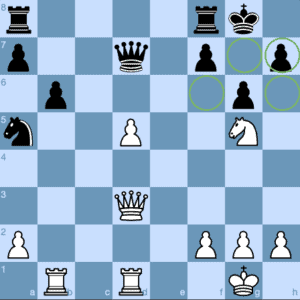
Believe it or not but White is basically winning already! The main problem is that now the f6 square is extraordinarily weak!
Black will have to push the f-pawn which would create more weak squares.
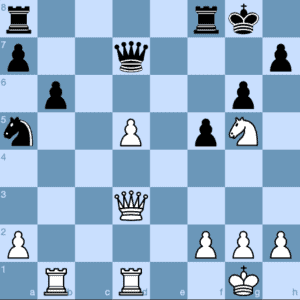
The King’s cover is compromised, the e6-square is available for the Knight and after d5-d6 the King would be vulnerable to the checks on a2-g8 diagonal.’
It took only four moves to reach the third diagram from the first, but White’s advantage is now perfectly obvious.
The Course
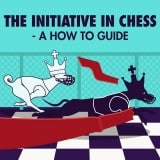
Click here for more information on The Initiative in Chess by Grandmaster Mykhaylo Oleksiyenko.
You will be more successfully in your games if you are able to seize the initiative more often, so why not take advice from a strong Grandmaster?







